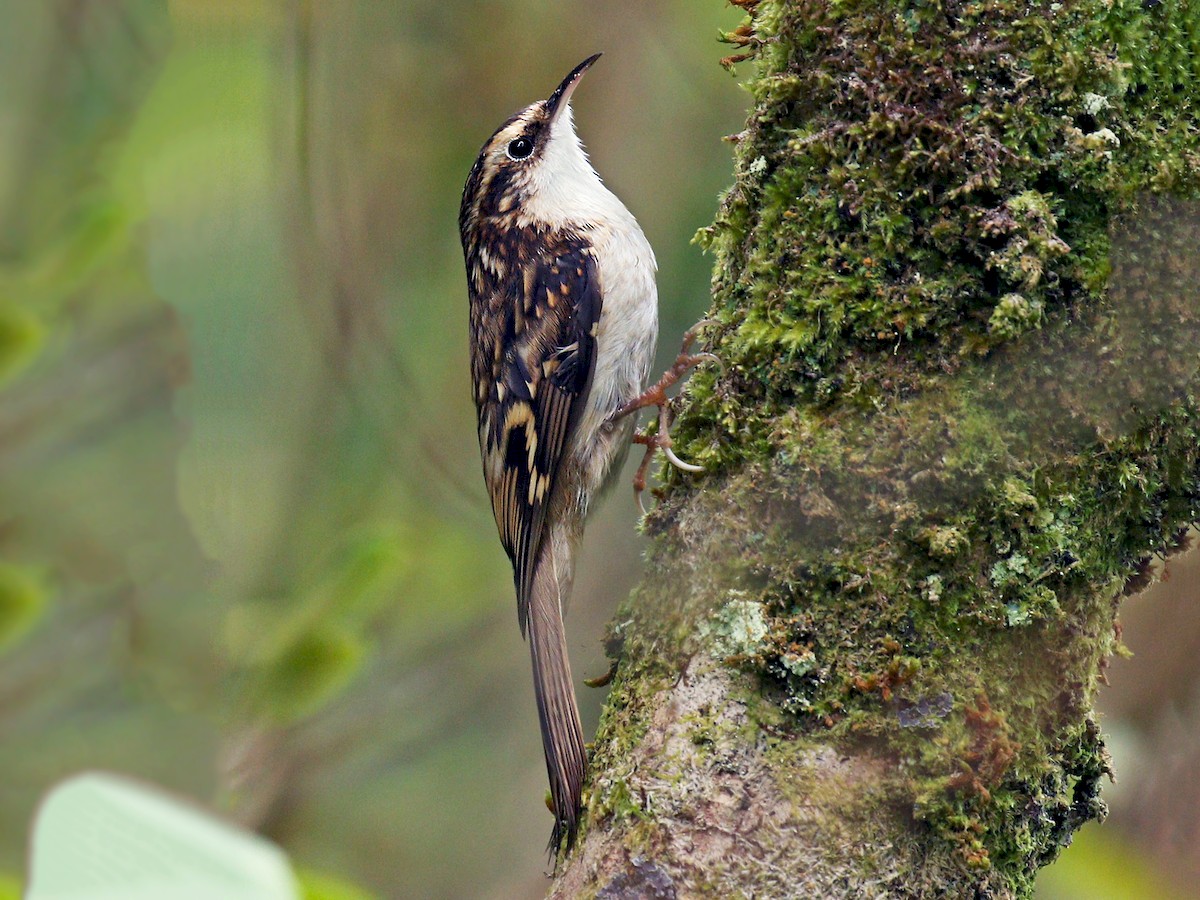
Eurasian Treecreeper
Certhia familiaris
Order:
Family:
Size:
12 to 14 centimeters (4.7 to 5.5 inches)
Weight:
7 to 12 grams (0.25 to 0.42 ounces)
Taxonomy:
Linnaeus, 1758
Short Description:
The Eurasian Treecreeper (Certhia familiaris) is a small passerine bird characterized by its mottled brown plumage and long, curved bill. It has a distinctive habit of climbing tree trunks in a spiral motion, probing bark crevices for insects and spiders with its slender, pointed beak. With its cryptic coloration, it blends seamlessly with tree bark, making it challenging to spot.
Far far away, behind the word mountains, far from the countries Vokalia and Consonantia, there live the blind texts. Separated they live in Bookmarksgrove right at the coast
In Pakistan, the Eurasian Treecreeper is found primarily in the northern regions, including the Himalayan foothills and adjoining forests. It inhabits coniferous and mixed deciduous forests, preferring areas with dense vegetation and ample tree cover. While it can occur at various altitudes, it is more commonly found in higher elevations, especially during the breeding season.
Eurasian Treecreepers are solitary birds, except during the breeding season when they form monogamous pairs. They are highly agile climbers, using their stiff tail feathers for support as they ascend tree trunks in search of prey. Their diet consists mainly of insects, spiders, and their larvae, which they glean from the bark’s surface. During winter, they may join mixed-species foraging flocks for added protection and foraging efficiency. Breeding occurs from April to June, with nests typically situated behind loose bark or in tree crevices. Female treecreepers lay a small clutch of eggs, and both parents participate in incubation and chick rearing.
Far far away, behind the word mountains, far from the countries Vokalia and Consonantia, there live the blind texts. Separated they live in Bookmarksgrove right at the coast
About Photographer : Hello World
Facebook
Twitter
Instagram
Flicker
LinkedIn


